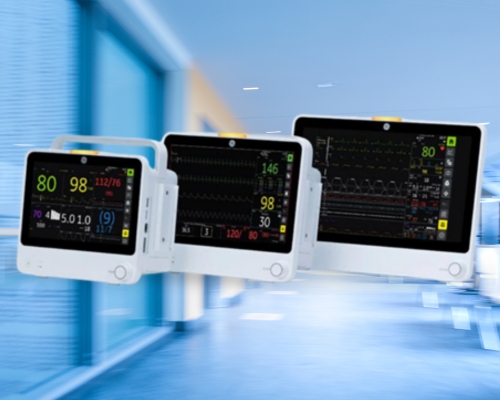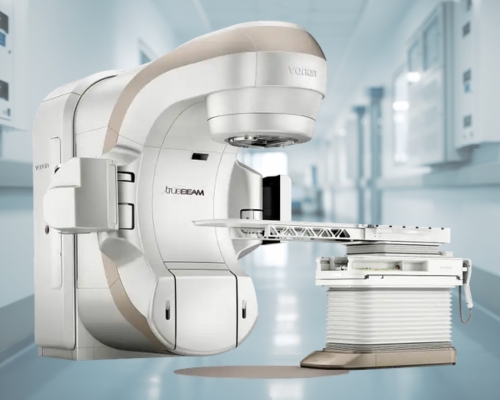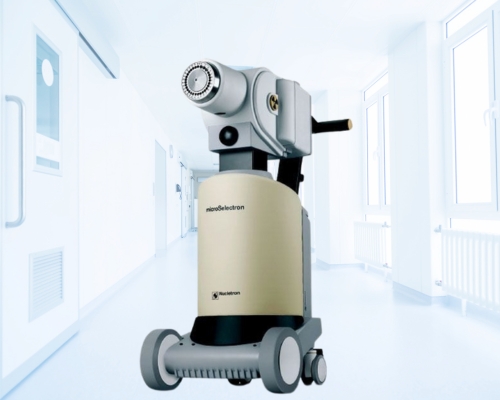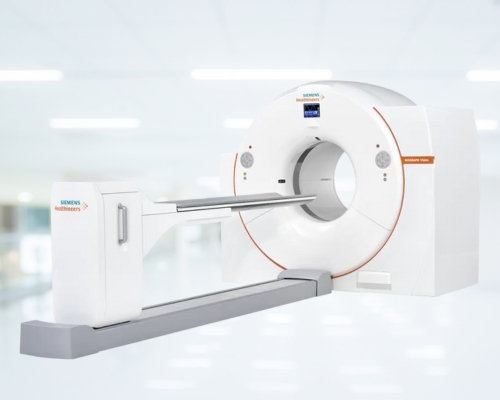Nihon Kohden Modular Patient Monitor

What is a Modular Patient Monitor?
A Modular Patient Monitor is a versatile and customizable medical device designed to continuously track and display a range of vital signs and physiological parameters in patients. Unlike fixed monitors, a modular patient monitor can be tailored with various modules and sensors to meet specific clinical needs, providing real-time data on parameters such as heart rate, blood pressure, respiratory rate, oxygen saturation, and temperature.
How Does It Help?
A Modular Patient Monitor helps by offering flexible and comprehensive monitoring of patients' vital signs, allowing healthcare providers to track their condition closely and respond promptly to any changes. Its ability to integrate multiple monitoring modules into a single system provides a holistic view of the patient's health, supporting effective decision-making and timely interventions, especially in critical care or high-dependency areas.
How Is It Done?
Preparation
The modular patient monitor is set up by connecting the appropriate modules and sensors based on the patient’s needs. This might include modules for ECG (electrocardiogram), blood pressure, temperature, and pulse oximetry. The monitor is calibrated according to manufacturer instructions to ensure accuracy. The patient’s medical history and current condition are reviewed to configure the monitoring settings.
Procedure
During monitoring, the modular patient monitor continuously collects data from the attached modules and displays it on a central screen. Healthcare providers can view real-time measurements and trends for various parameters, as well as receive alerts for any abnormalities. The monitor's modular design allows for the addition or removal of specific modules as needed, adapting to the patient’s changing condition or different clinical scenarios.
After Treatment
Once monitoring is complete or the patient’s condition has stabilized, the modules and sensors are carefully removed. The data collected during monitoring is reviewed and analyzed, and any significant findings are documented. The monitor is cleaned and disinfected according to standard protocols. The results are communicated to the healthcare team for follow-up and further action as needed.
What Are The Benefits and Risks Of Modular Patient Monitor?
Benefits:
- Flexibility and Customization: Allows for a tailored monitoring approach by integrating different modules and sensors based on the patient’s specific needs.
- Comprehensive Monitoring: Provides a complete view of multiple vital signs and physiological parameters, facilitating better patient care and management.
Risks:
- Technical Issues: Potential for equipment malfunction or integration issues between different modules, although regular maintenance and checks can minimize these risks.
- Complexity: The modular nature can lead to increased complexity in setup and configuration, requiring skilled personnel to ensure proper use and accurate data.
What Makes Modular Patient Monitor So Unique?
The Modular Patient Monitor is unique for its customizable and adaptable design, allowing healthcare providers to configure the monitoring system according to the specific requirements of each patient and clinical setting. Its ability to integrate various modules into a single system enhances its versatility and functionality, making it a valuable tool for managing patients with diverse monitoring needs. The system’s real-time data display and trend analysis capabilities provide a comprehensive overview of the patient’s condition, supporting effective and timely clinical decisions.
Looking for an Expert
Sharda Care - Healthcity is home to some of the eminent Doctors in the world.
Book an Appointment








